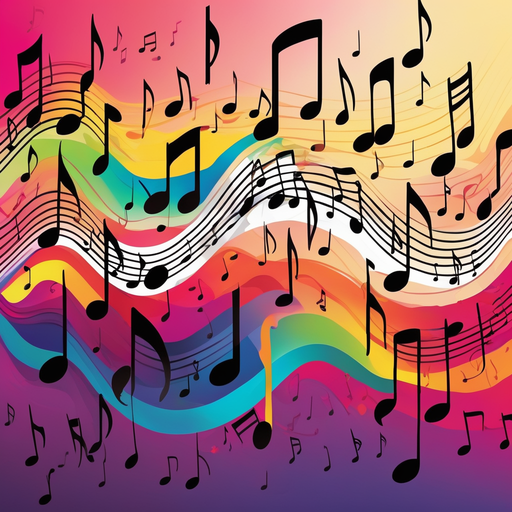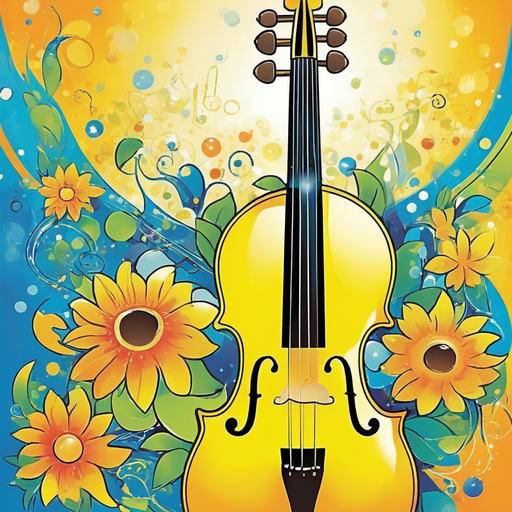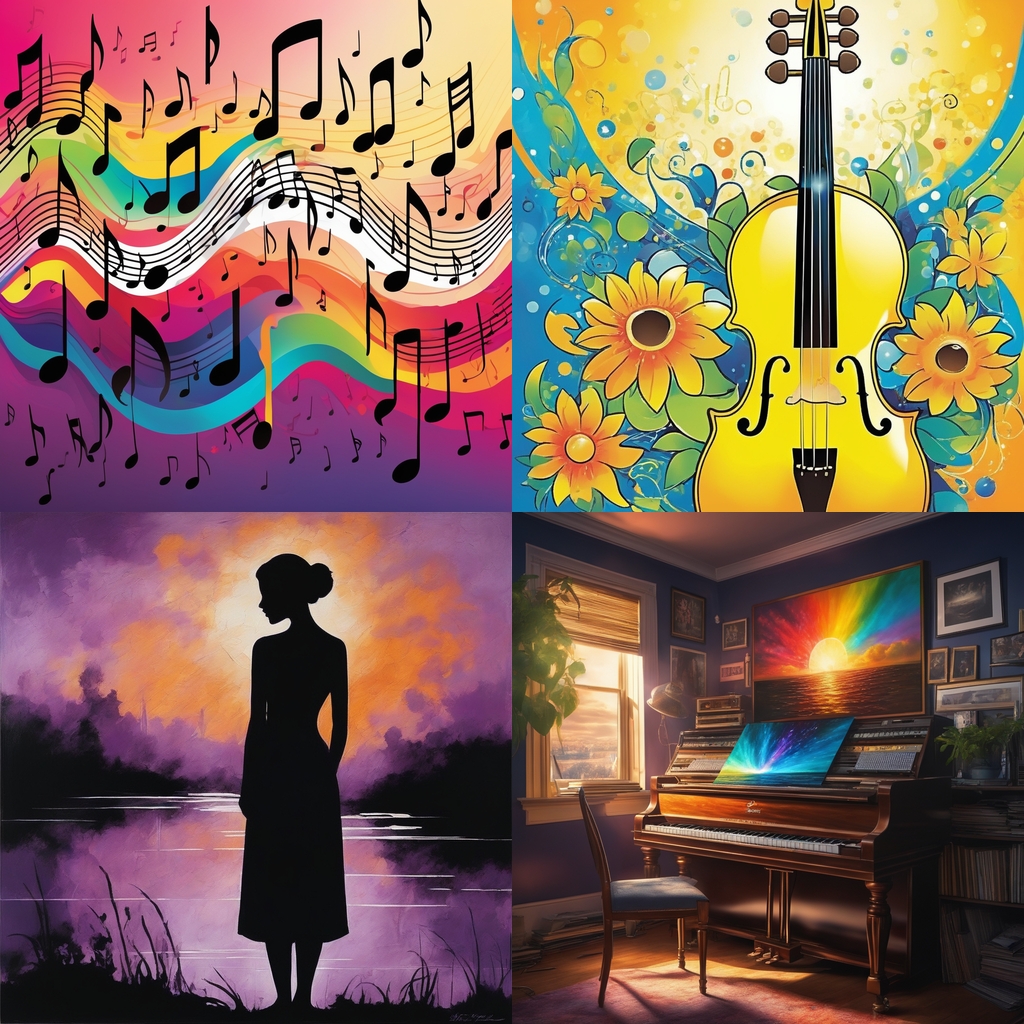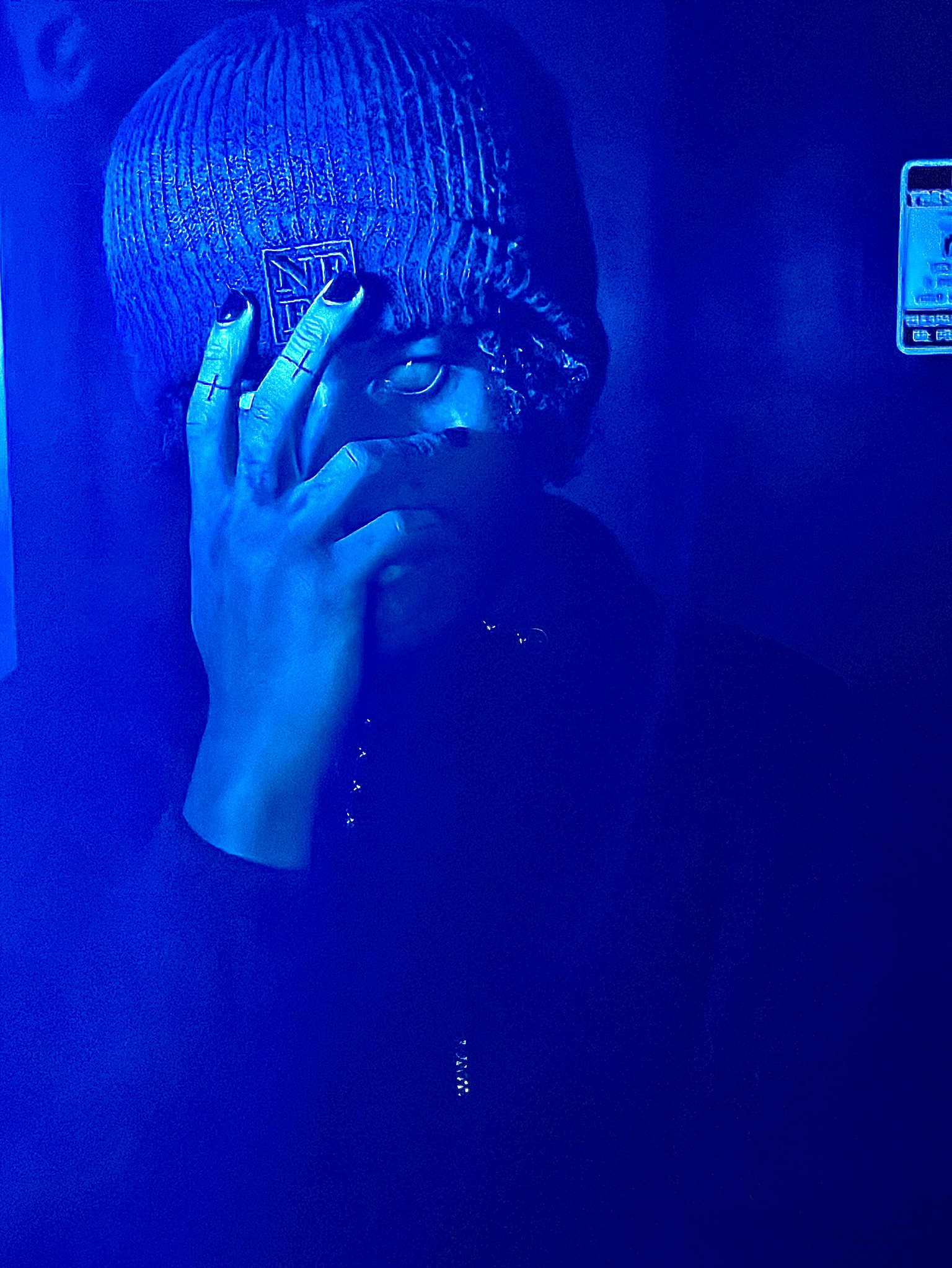

Get personalized guidance and support to help you succeed in the music industry!
Crock Pot Cartel is more than just a review show - it's a community of artists coming together to show love and support for one another.
Our show, which started in April 2021, has reviewed and advised over 15,000 artists, helping them to learn and grow in their craft. But we're not just about reviewing music - we offer a variety of services to help artists take their careers to the next level.
Crock Pot Cartel Blog

Musical Tapestries
Unraveling Musical Tapestries
In the enchanting realm of music theory, understanding the nuances between Major and Minor scales is akin to wielding a painter's brush, allowing you to craft melodies that convey a rich tapestry of emotions.
These scales, each with its unique array of feelings, colors, and even music styles, form the cornerstone of musical expression.
For those navigating the path of music composition, grasping the distinction between Major and Minor scales is like deciphering different shades of emotion, vividly painted with sound.
🎵🎨🌟🎵

Major: The Radiant Canvas of Emotion
The Major scale, often associated with happiness and positivity, serves as a canvas brimming with vibrant colors. Imagine sun-kissed yellows and brilliant blues that mirror the jubilant spirit of a sunny day. Major scales evoke feelings of brightness, cheerfulness, and elation, making them the perfect choice for upbeat melodies, joyful anthems, and energetic compositions.
🎵🎨🌟🎵

Minor: The Depth of Shadows and Introspection
In contrast, the Minor scale delves into the depths of human emotion, painting melodies with hues of reflection and contemplation. Picture somber purples and deep blues that capture the essence of solitude and emotion. Minor scales often convey feelings of melancholy, introspection, and even yearning, making them a powerful tool for creating emotionally evocative compositions.
🎵🎨🌟🎵
Harmony and Contrast: Blending Major and Minor
The interplay between Major and Minor scales is akin to blending colors on an artist's palette. Just as artists use contrasting shades to evoke depth and harmony, musicians harmonize Major and Minor scales to create captivating musical narratives.
This fusion of emotions adds layers of complexity to compositions, allowing you to take listeners on an emotional journey that encompasses both joy and introspection.
🎵🎨🌟🎵

Crafting Dynamic Transitions: Combining Major and Minor
Creating a song that seamlessly transitions between Major and Minor scales is like painting a canvas with changing hues. This technique adds a captivating layer of contrast and depth to your music, making the listener's journey even more compelling.
1. Tempo and Mood Shifts:
Begin by establishing a tempo that suits the mood of your Major scale section. As your song transitions to the Minor scale, consider slowing down the tempo slightly to create a mood shift.
2. Melodic Progression:
Plan your melodic progression to guide the listener through the transition. In the Major section, create melodies with uplifting intervals and bright notes.
3. Chord Progressions:
Chords play a crucial role in defining the tonality of your song. In the Major section, opt for chords that resonate with positivity, like major triads. As you transition to the Minor section, introduce minor chords to evoke a deeper emotional resonance.
4. Cadence and Resolution:
Use cadences to mark the transition points between Major and Minor scales. For example, you can end the Major section with a plagal cadence (IV-I) to create a sense of resolution. A plagal cadence is a four-chord progression, often referred to as the "Amen cadence," where the IV chord moves to the I chord, offering a harmonically satisfying conclusion.
5. Rhythmic Shifts:
Alter the rhythm as you transition between scales. In the Major section, opt for lively and rhythmic patterns. Transitioning to the Minor scale calls for more nuanced rhythms.

6. Bridging the Gap:
To create a fluid transition, consider a bridge—a musical segment that connects the Major and Minor sections. A bridge is like a musical detour that provides contrast and sets the stage for the shift. It typically introduces new melodic motifs, harmonies, and rhythms to bridge the gap between scales.
In constructing the bridge, experiment with notes that gradually lead from the tonality of the Major section to the Minor section. Introduce chords that hint at the upcoming Minor scale while maintaining a sense of anticipation. Rhythms can shift subtly, acting as a bridge's punctuation marks, guiding listeners from one emotional landscape to another.
7. Reversing the Transition:
You can also explore reversing the transition, starting with the Minor scale and transitioning to Major.
By skillfully weaving Major and Minor scales, you craft a musical narrative that mirrors life's contrasting emotions.
🎵🎨🌟🎵

Exploring the differences between Major and Minor scales unveils a world of emotions, colors, and musical styles that form the building blocks of musical expression.
Just as an artist uses a range of colors to evoke various feelings, you can utilize Major and Minor scales to paint sonic landscapes that resonate with listeners on a profound level.
So, whether you're channeling the radiant energy of Major or delving into the introspective depths of Minor, these scales offer a spectrum of possibilities for your creative endeavors.
Embrace the harmony of Major and Minor scales and let them guide your compositions towards an enchanting symphony of emotions and melodies.
Created with assistance from OpenAI, ChatGPT, Promptomania, and Stable Diffusion XL.
"Ignite Your Passion:6-Figure Online Business Blueprint"
FREE COURSE
Sign up for our free course and learn how to turn your passion into a successful online business.








